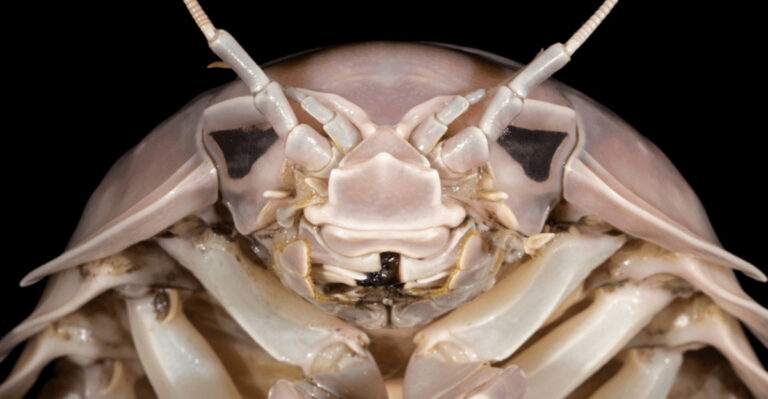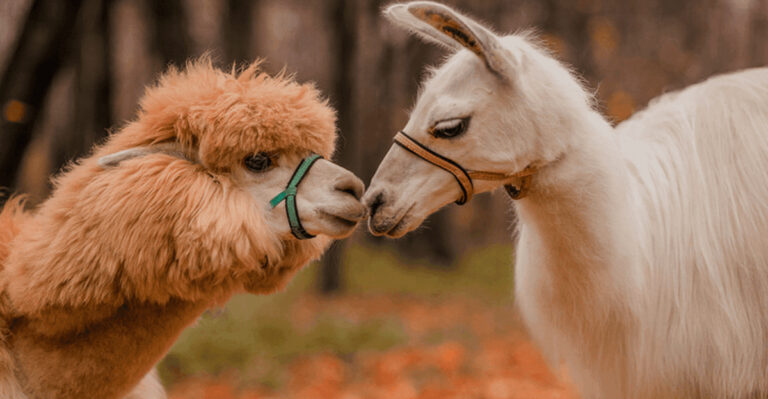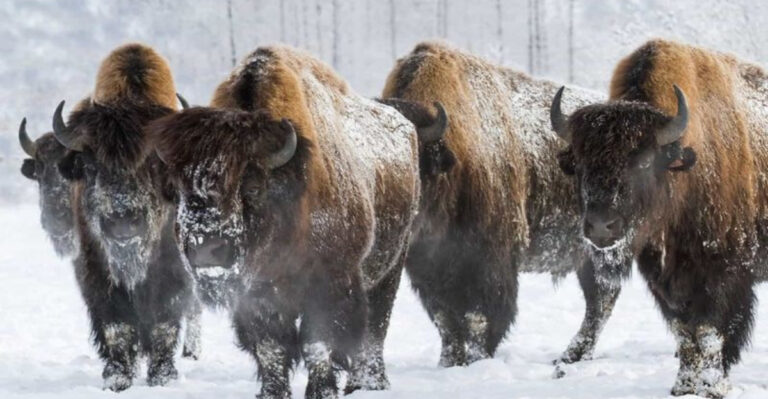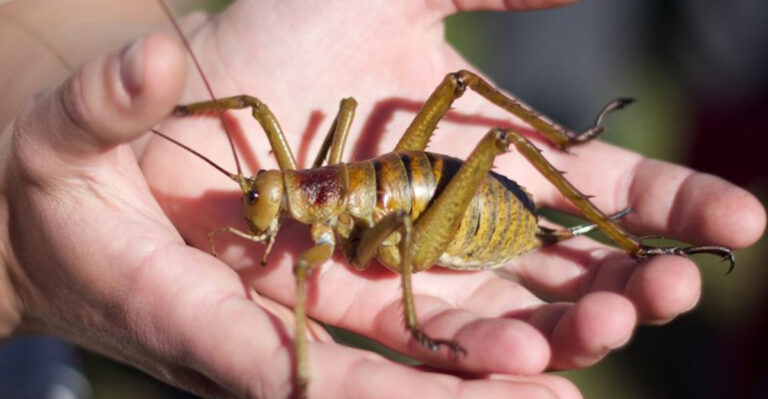17 Adorable Animals With Fluffy, Bushy Tails That Will Melt Your Heart
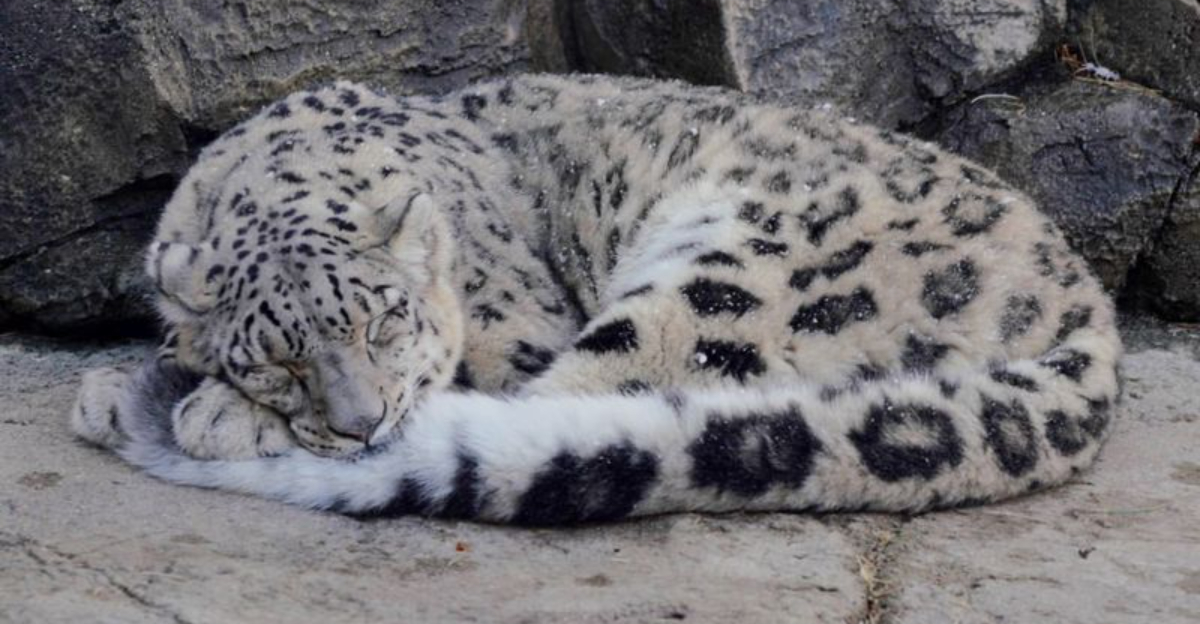
Bushy tails – who doesn’t love them? From fluffy foxes to chubby squirrels, these adorable animals are rocking some seriously impressive tails. Whether they’re using them for balance, communication, or just to look extra cute, these creatures know how to flaunt their fluffy assets.
So, if you’re a fan of all things fluffy and furry, get ready to meet some of the most charming animals with tails you won’t be able to stop admiring!
1. Marten
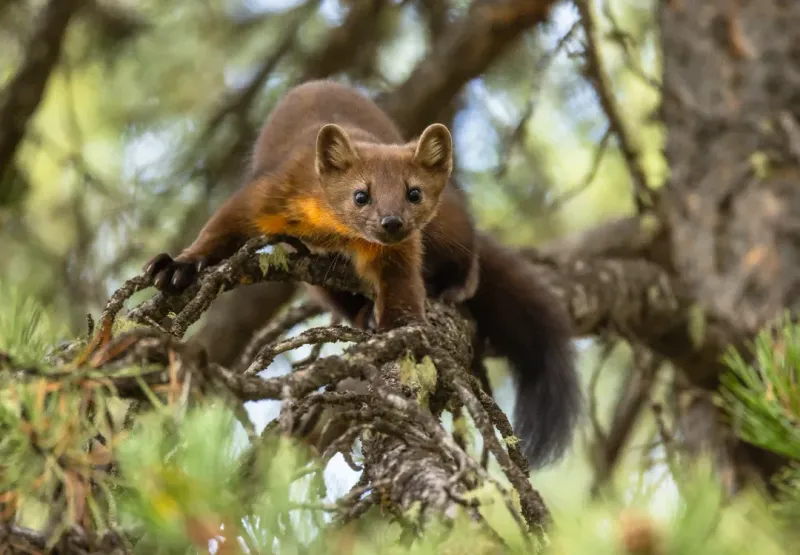
Martens are small, agile mammals known for their bushy tails and stunning fur. These carnivores are found in forests across North America, Europe, and Asia.
Their tails not only add to their physical beauty but also serve as balance aids as they navigate through trees and dense vegetation. Martens have a playful nature and are often spotted darting between tree branches, showcasing their long, luxurious tails.
2. Pallas’s Cat
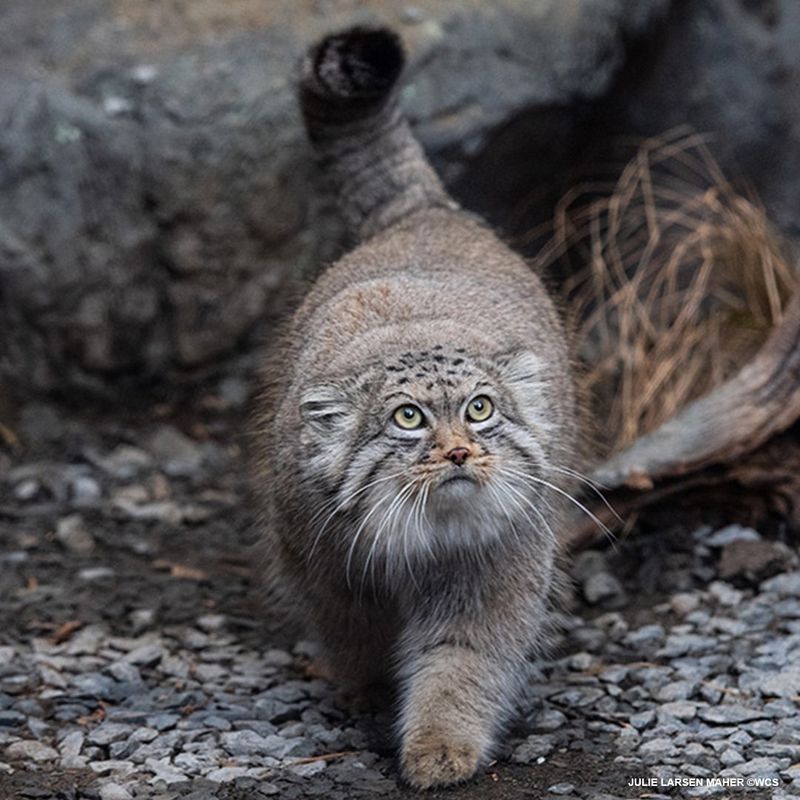
Pallas’s cat, also known as the manul, is a small wild cat that sports a dense, fluffy tail, which is as charming as the rest of its distinctive appearance.
Native to the grasslands and steppes of Central Asia, this elusive feline uses its bushy tail for balance and warmth in cold climates. Their adorable appearance and bushy tails make them a favorite among wildlife enthusiasts, though their secretive nature makes them a rare sight in the wild.
3. Fox
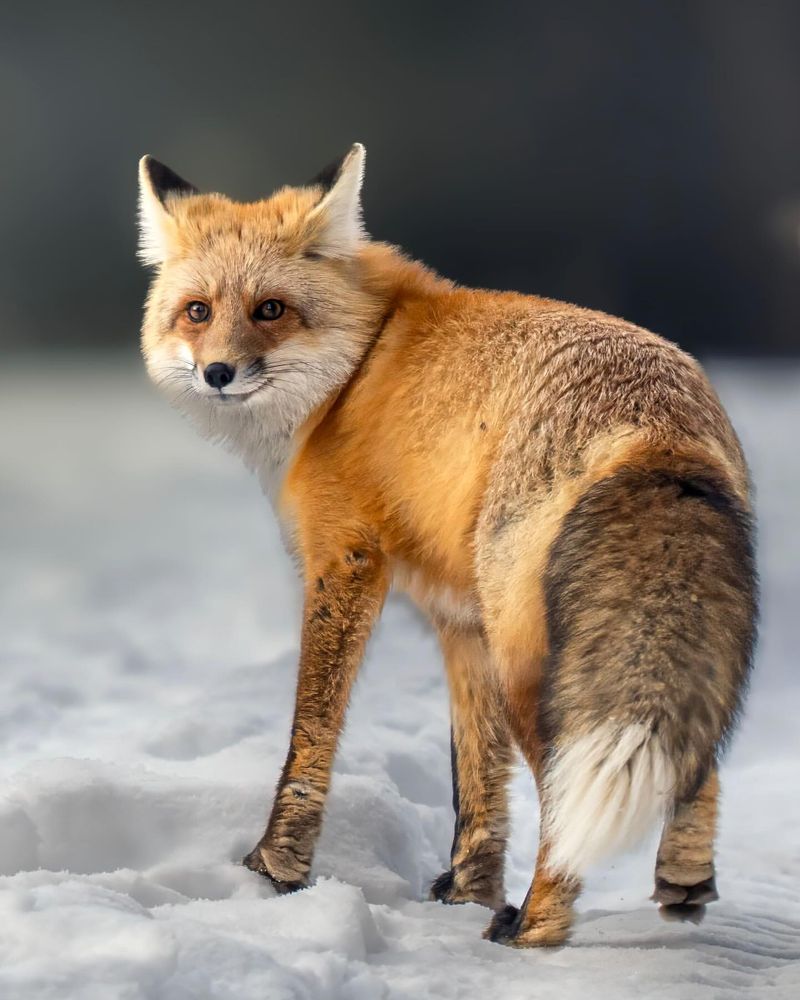
The fox is renowned for its cunning nature and striking appearance, especially due to its bushy tail. This tail serves as a balancing tool and a warm cover in cold weather. Foxes are found in various habitats, from dense forests to open plains.
These creatures are known for their adaptability. Their diet is highly varied, including rodents, fruits, and even fish. This makes them successful survivors in diverse environments.
4. Squirrel
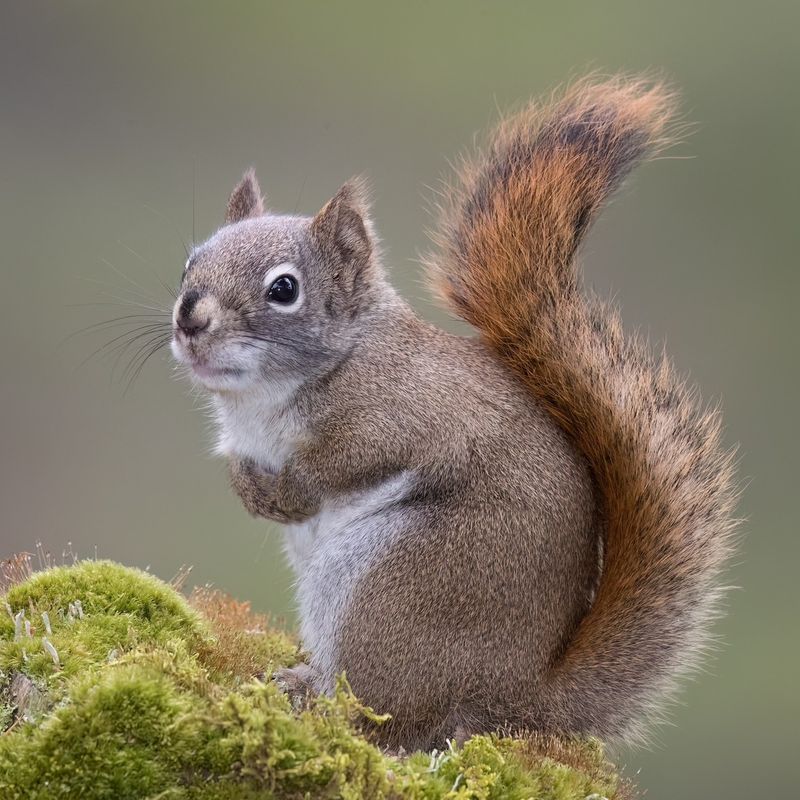
Squirrels are a common sight in parks and gardens, easily recognized by their long, bushy tails. These tails help them maintain balance while leaping from tree to tree. They’re also used as blankets during rest to keep warm.
Squirrels are known for their energetic behavior and curiosity. They spend their days foraging for nuts and seeds, which they often bury for later consumption. This habit plays a crucial role in forest regeneration.
5. Raccoon
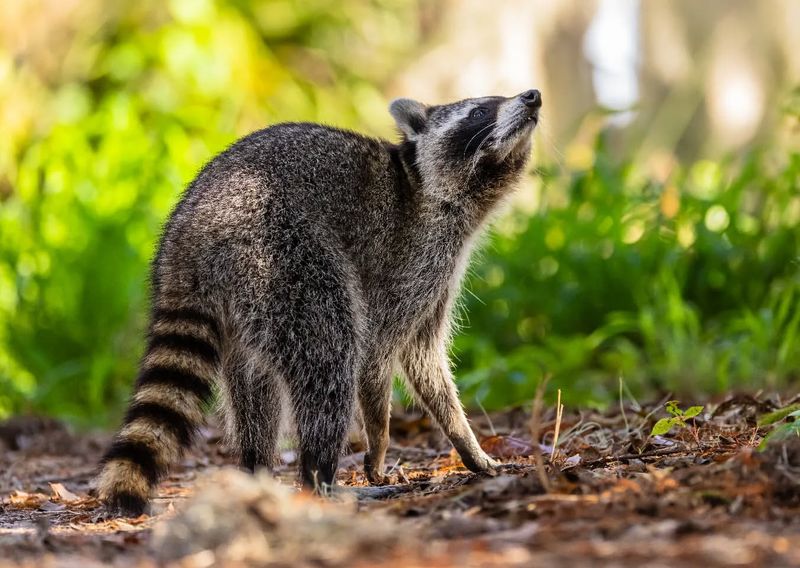
Raccoons are nocturnal creatures, famous for their distinctive black mask and bushy, ringed tail. This tail is not only an identifier but also a valuable tool for balance as they climb.
These animals are incredibly dexterous, often using their front paws to manipulate objects and open containers. Raccoons are omnivores, with a diet ranging from fruits to small animals and even scavenging human leftovers.
6. Chinchilla
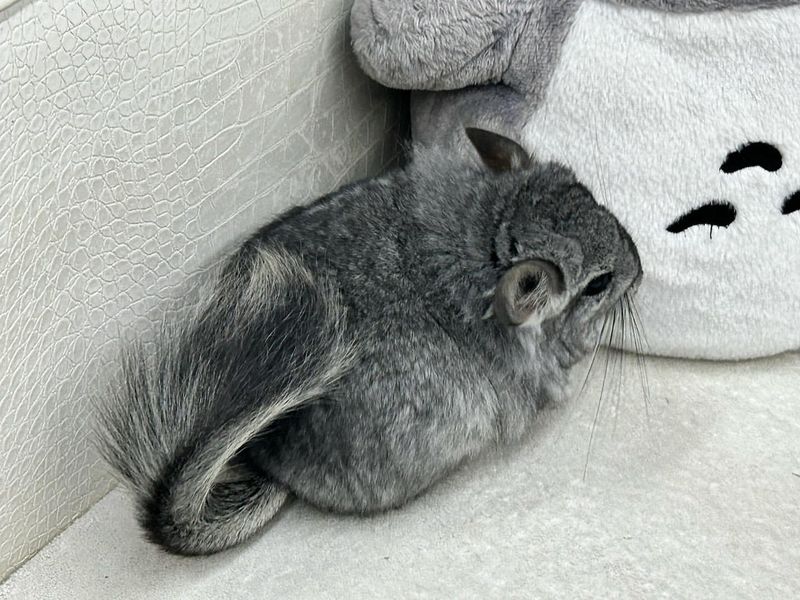
Chinchillas are small rodents treasured for their incredibly soft fur and bushy tails. Native to the Andes mountains, they have adapted to rocky, arid environments.
These creatures are crepuscular, most active during twilight. Their diet mainly consists of grasses and seeds, and they have special adaptations to conserve water in their dry habitats.
7. Snow Leopard
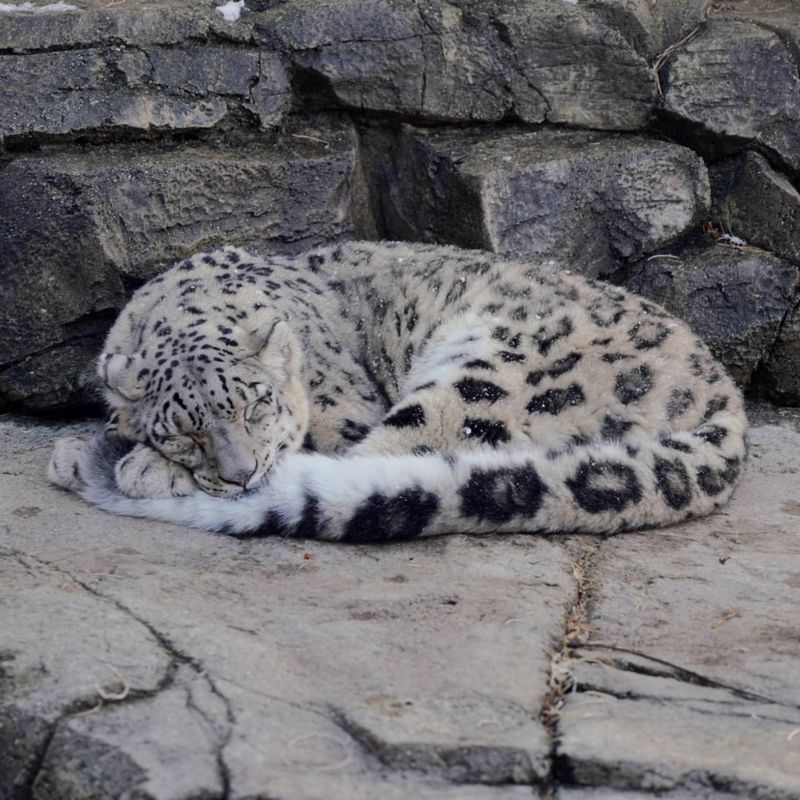
Look at it keeping its paws warm! So cute!
The snow leopard, with its thick, bushy tail, is a master of its high-altitude environment. This tail aids in balance and acts as a blanket against the cold. Snow leopards are elusive, making them a symbol of wild beauty.
These majestic cats are expertly adapted to mountainous terrain, with powerful hind legs for leaping and thick fur for warmth. They primarily hunt wild sheep and goats, employing stealth and patience.
8. Arctic Fox
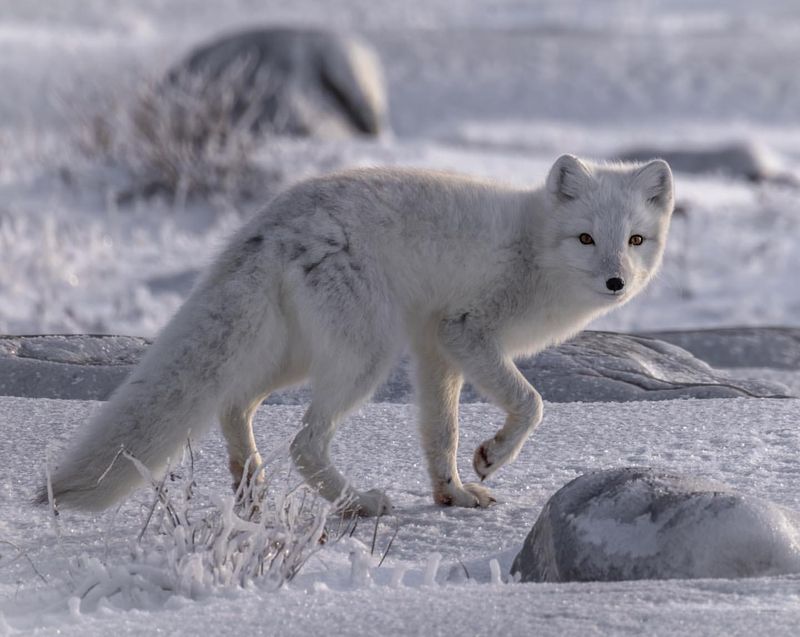
The arctic fox is perfectly suited for life in the polar regions, with a thick, bushy tail that provides warmth and aids in communication. Its white winter coat camouflages it against the snow.
Arctic foxes are scavengers, often following polar bears to feed on leftovers. Their diet also includes small mammals and birds. They are known for their resourcefulness and adaptability to harsh climates.
9. Red Panda
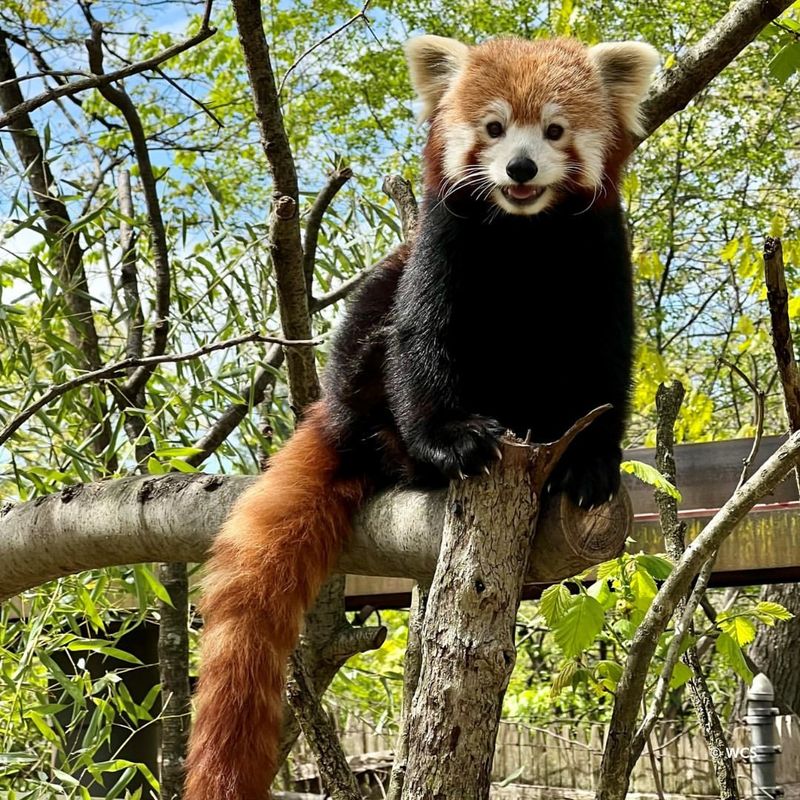
Red pandas, often mistaken for small bears, are charming creatures with striking red fur and bushy tails. These tails help them balance in the trees and serve as blankets in cold weather.
Primarily found in the Himalayas, red pandas feed mainly on bamboo, though they also eat fruits and small insects. Their solitary nature makes them elusive, yet their gentle demeanor endears them to many.
10. Skunk
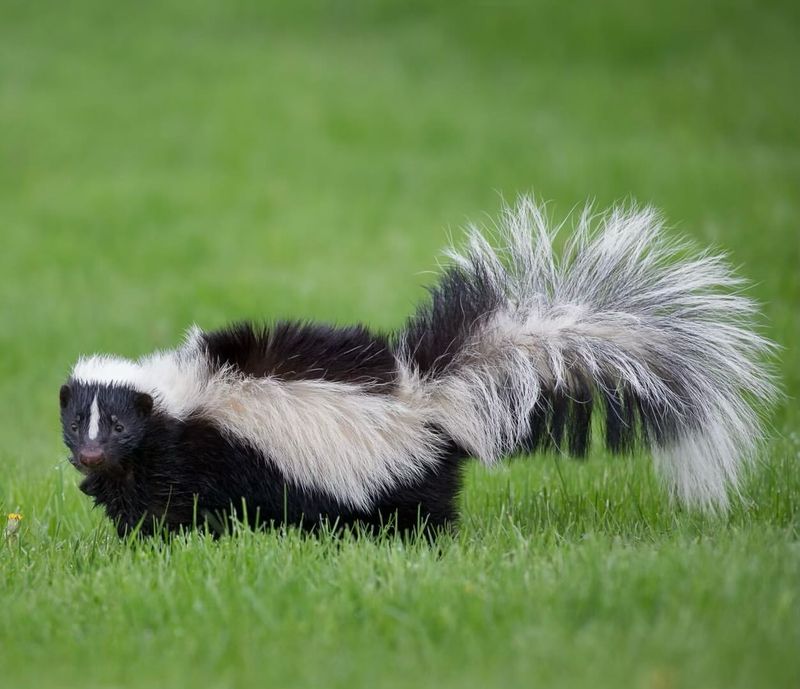
Skunks are best known for their ability to spray a pungent scent, yet their bushy tails are equally distinctive. This tail is used as a warning signal before they deploy their infamous defense.
These nocturnal creatures are omnivores, feeding on insects, small animals, and plants. They play a role in pest control, beneficial to gardeners and farmers.
Skunks are often misunderstood due to their defense mechanism, but they are generally docile and avoid confrontation.
11. Chipmunk
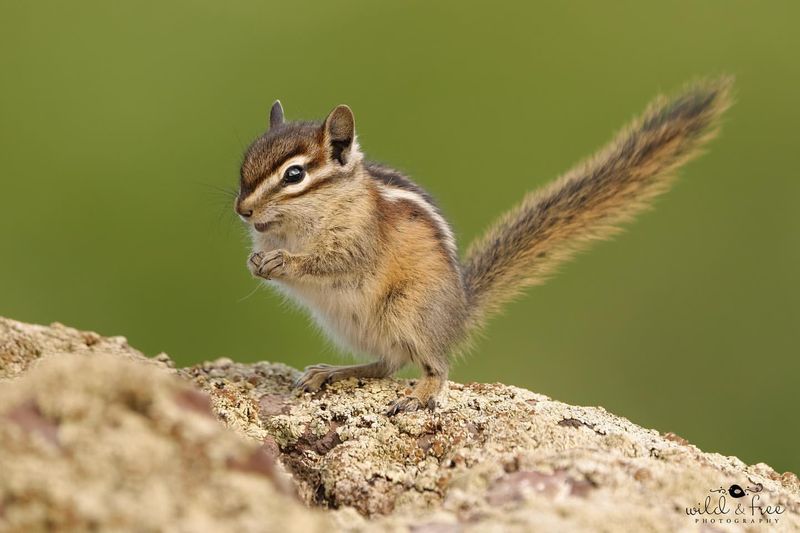
Chipmunks, with their distinctive striped tails, are small rodents bursting with energy. These tails help them balance as they scurry through the underbrush.
Their diet includes nuts, seeds, and berries, which they often hoard in their burrows for winter. This behavior is crucial for seed dispersal, contributing to forest regeneration.
12. Siberian Husky

Siberian Huskies are well-loved for their striking appearance and bushy tails, which curl over their backs. These tails help keep them warm as they curl up to sleep in cold environments.
Originally bred as sled dogs, Huskies are known for their endurance and strength. Their friendly demeanor and striking blue or heterochromatic eyes make them popular pets worldwide.
13. Pomsky

Pomskies, a mix between Pomeranians and Huskies, are adored for their fluffy tails and playful nature. These designer dogs combine the best traits of both breeds, resulting in a charming and energetic companion.
Their small size and fluffy appearance make them ideal pets for those living in apartments or smaller homes. Despite their size, Pomskies are active dogs, requiring regular exercise and mental stimulation.
14. Tasmanian Devil
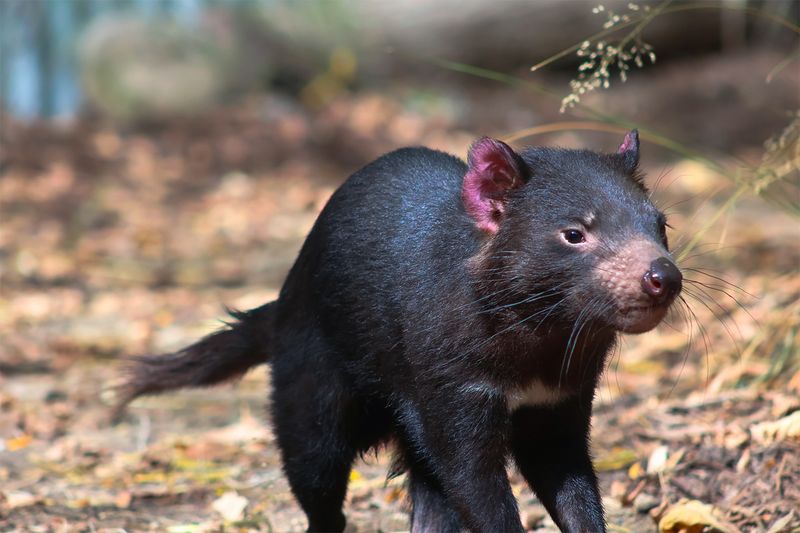
The Tasmanian devil, with its fierce reputation and bushy tail, is a unique marsupial found in Tasmania. Despite their reputation, these animals are shy and prefer to avoid human interaction.
They are nocturnal scavengers, with a diet consisting mainly of carrion. Their strong jaws and sharp teeth allow them to consume bones and tough materials.
15. Lynx
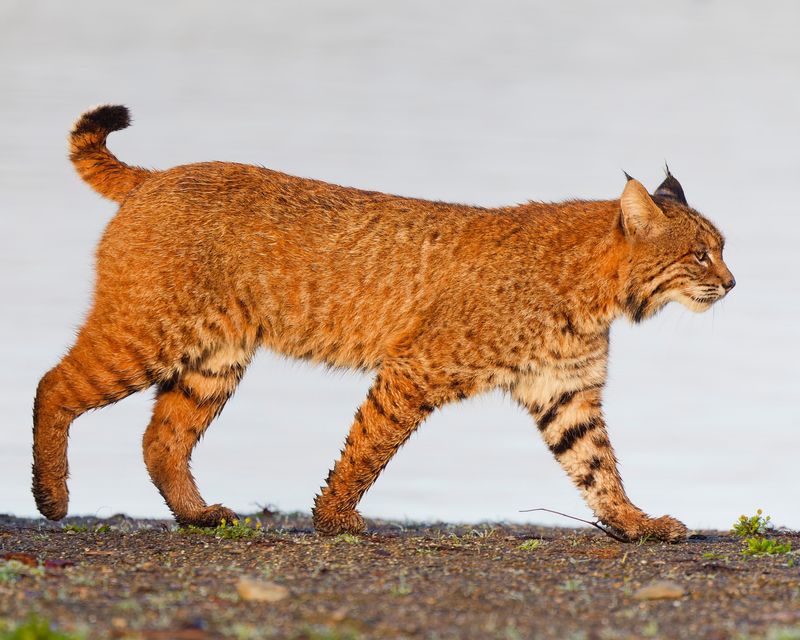
The lynx, with its short bushy tail and tufted ears, is a secretive wild cat found in the northern forests. This tail is used for balance and communication with other lynxes.
Lynxes are solitary hunters, primarily preying on small mammals such as hares and birds. Their keen eyesight and hearing make them adept hunters in dense forests.
16. Coyote
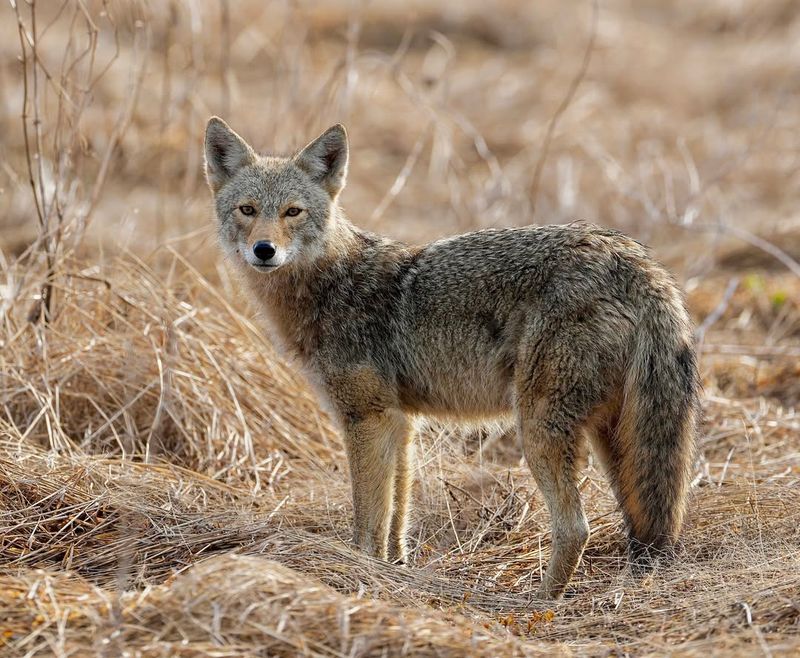
Coyotes are adaptable canines known for their bushy tails and distinctive howls. These tails assist in balance while running and serve as communicative tools.
Found throughout North America, coyotes are highly adaptable, thriving in both rural and urban environments. Their omnivorous diet includes small mammals, fruits, and insects.
17. Long-tailed Weasel
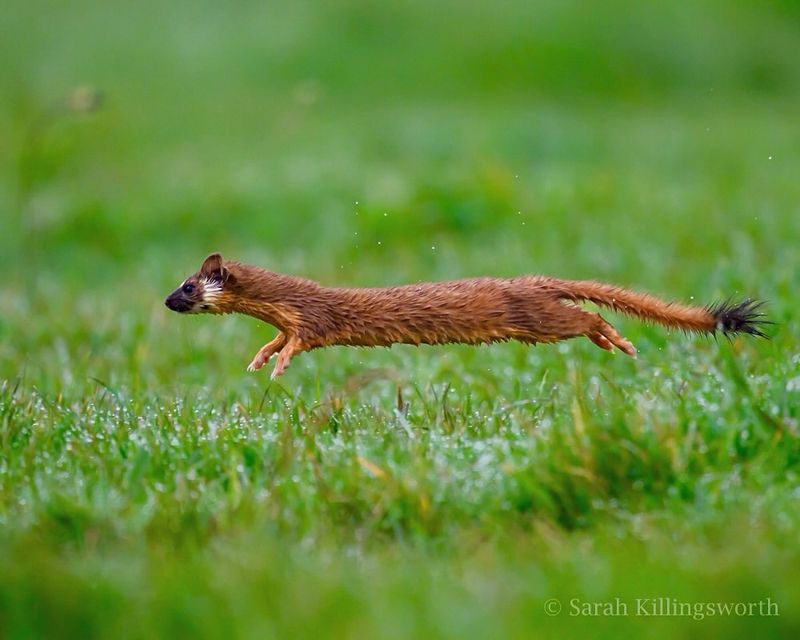
Long-tailed weasels are agile predators with slender bodies and bushy tails that aid in balance as they move swiftly through their environments.
These weasels are widespread across North America, preying on rodents, birds, and insects. Their hunting prowess is unmatched, making them effective pest controllers.


